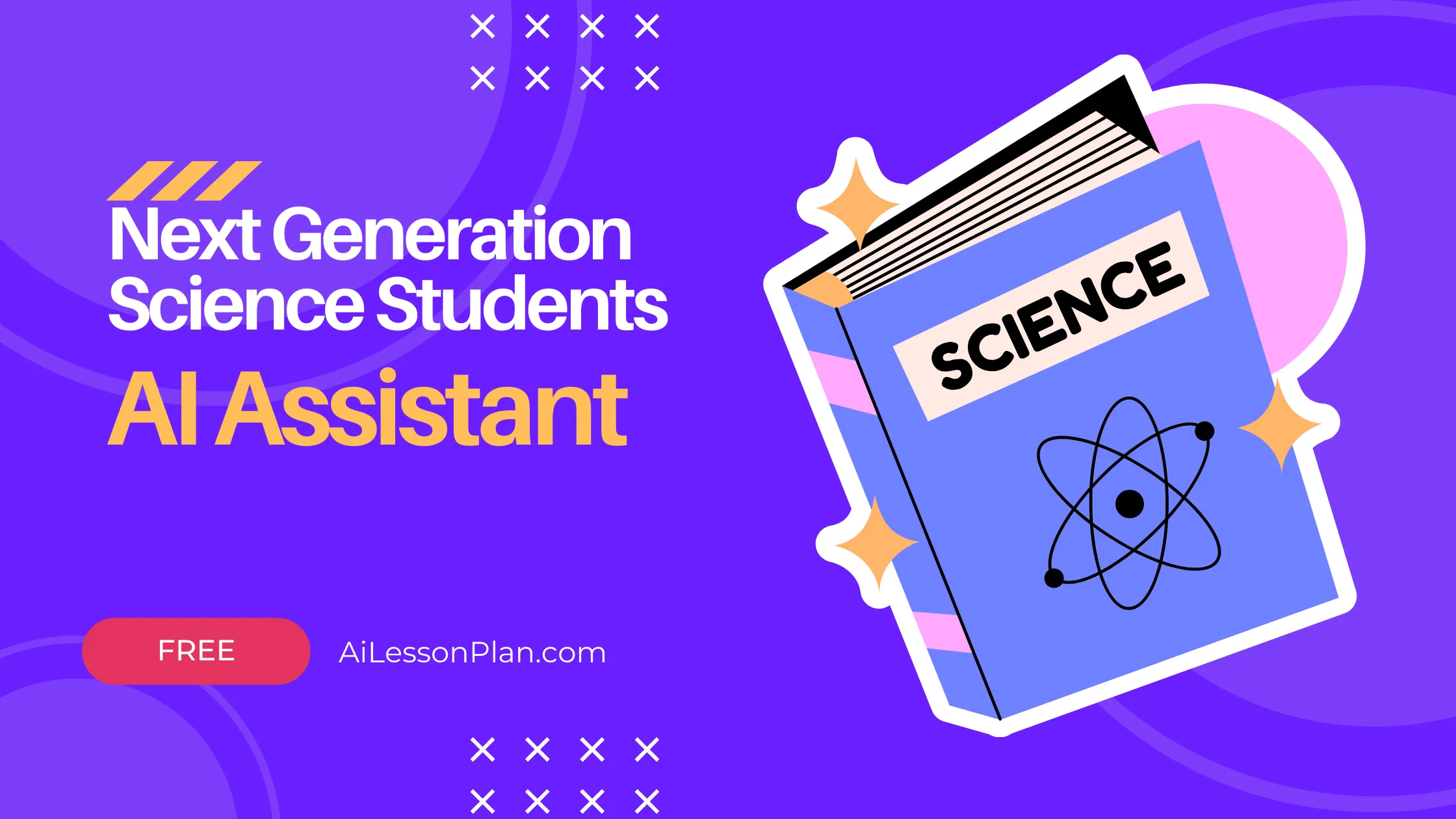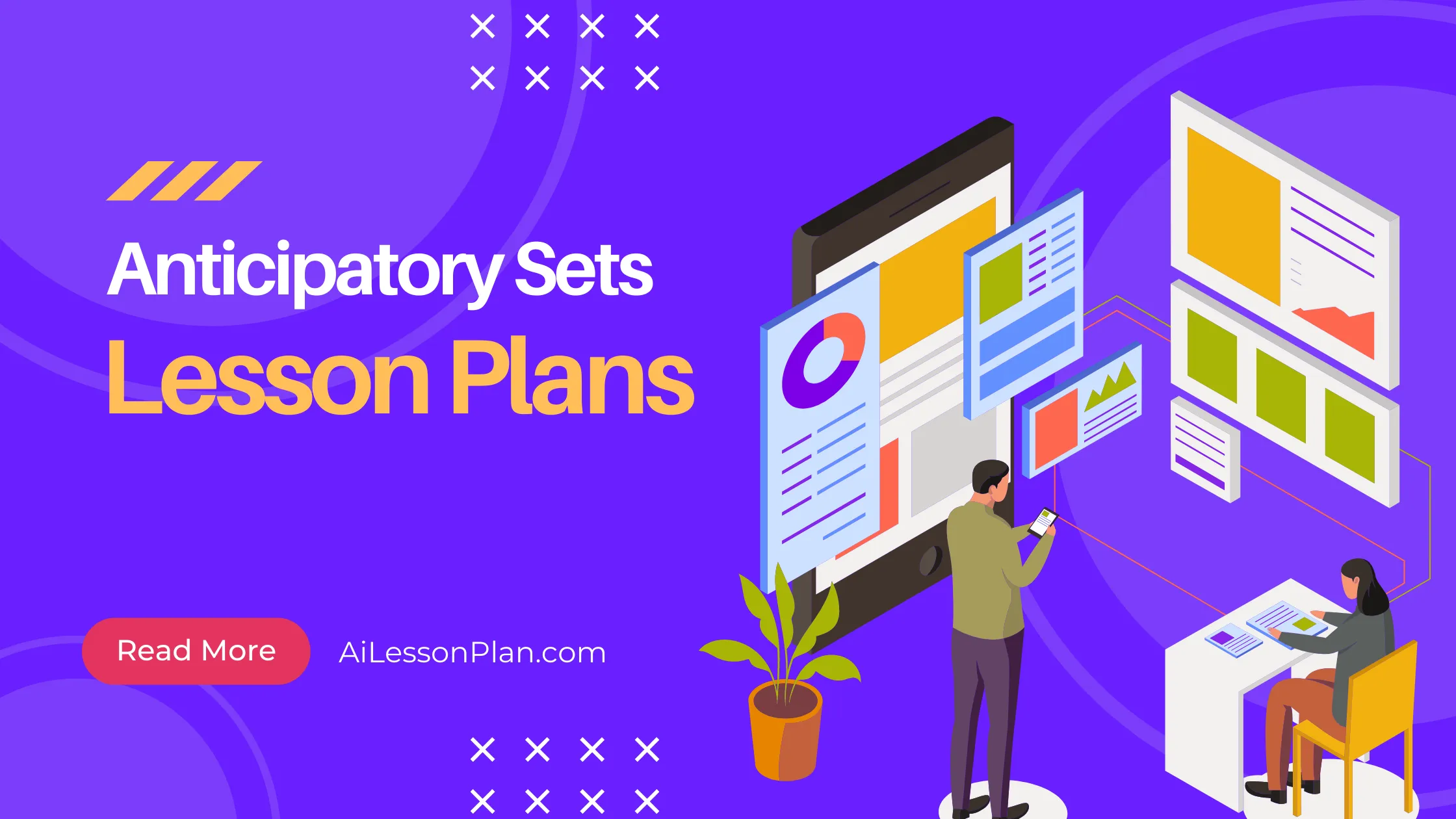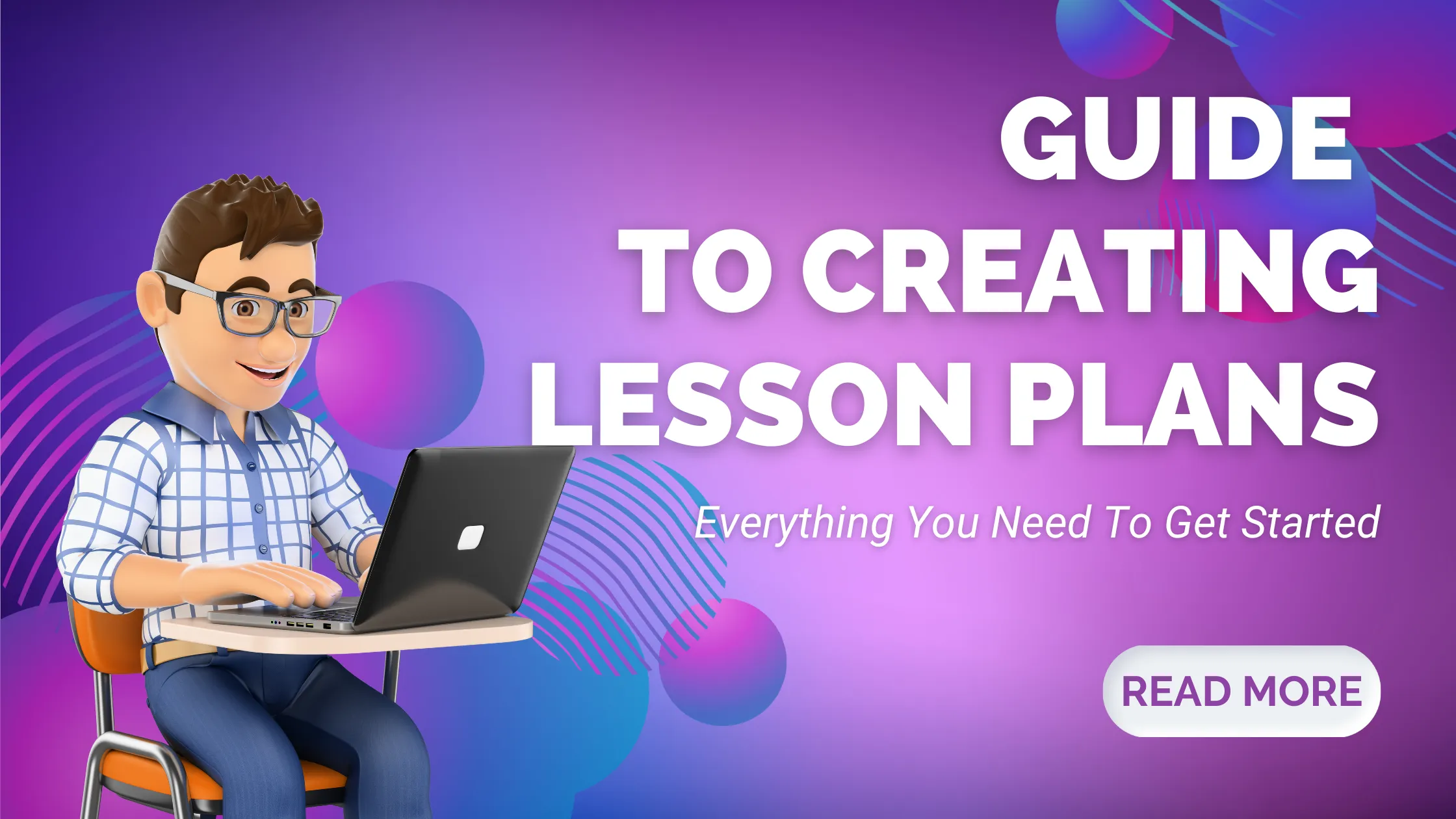7 Strategies for Developing Effective Objectives and Learning Outcomes in Lesson Plans

When creating lesson plans, it is essential to develop clear and effective objectives and learning outcomes.
Objectives provide a roadmap for teachers and students, outlining what is to be accomplished during the lesson. Learning outcomes, on the other hand, describe the specific knowledge, skills, and competencies that students are expected to acquire.
This article explores seven strategies for developing objectives and learning outcomes that are meaningful, measurable, and aligned with the desired educational outcomes.
1. Align with Standards and Curriculum
To ensure the relevance and effectiveness of your objectives and learning outcomes, it is crucial to align them with educational standards and curriculum guidelines.
Familiarize yourself with the learning expectations set by your educational institution or district and incorporate them into your lesson planning. This alignment ensures that your objectives are in line with broader educational goals and provide a solid foundation for student learning.
2. Use Action Verbs
To make your objectives and learning outcomes more explicit and measurable, use action verbs that clearly describe what students will be able to do. Action verbs such as "analyze," "synthesize," "evaluate," "create," and "demonstrate" provide a clear indication of the level of thinking and the expected outcome.
Avoid vague or ambiguous verbs like "understand" or "know" that do not convey the specific actions and behaviors you want to see from your students.
3. Be Specific and Concrete
Effective objectives and learning outcomes should be specific and concrete, leaving no room for ambiguity or misinterpretation. Clearly define the content or skills that students will be engaging with during the lesson.
For example, instead of a generic objective like "understand the water cycle," a more specific objective could be "describe the stages of the water cycle and explain the processes involved in each stage." Specificity ensures that both teachers and students have a clear understanding of what needs to be accomplished.
4. Consider Bloom's Taxonomy
Bloom's Taxonomy provides a framework for categorizing different levels of cognitive processes and can be a valuable tool for developing objectives and learning outcomes.
The taxonomy consists of six levels: remembering, understanding, applying, analyzing, evaluating, and creating. Consider the cognitive level you want your students to reach and design objectives and learning outcomes that align with that level. This approach promotes higher-order thinking skills and fosters deeper understanding and application of knowledge.
5. Incorporate Assessments
Assessments play a crucial role in measuring the attainment of objectives and learning outcomes. When developing your objectives, consider the assessments you will use to evaluate student progress.
Design assessments that align with the objectives and provide opportunities for students to demonstrate their understanding and mastery of the content or skills. This alignment between objectives and assessments ensures that your lesson is focused and that students have a clear understanding of what is expected of them.
6. Scaffold Learning Progression
Effective objectives and learning outcomes should be designed with a progression of learning in mind. Scaffold the objectives in a logical sequence, building upon previously acquired knowledge and skills.
This scaffolding allows for a smooth and coherent progression of learning, ensuring that students develop a solid foundation before moving on to more complex concepts or skills. Clearly articulate the prerequisite knowledge or skills required for each objective to guide instructional planning and student learning.
7. Involve Students in the Process
Engaging students in the development of objectives and learning outcomes can enhance their sense of ownership and motivation. Provide opportunities for student input and collaboration when setting objectives.
This involvement can be through class discussions, goal-setting exercises, or self-reflection activities. When students understand the purpose and relevance of the objectives, they become more actively engaged in the learning process and take greater responsibility for their own learning.
Create customized lesson plans in seconds with our AI Lesson Plan Generator- TRY IT FREE TODAY!!!
Conclusion
Developing effective objectives and learning outcomes is essential for creating focused and purposeful lesson plans.
By aligning with standards and curriculum, using action verbs, being specific and concrete, considering Bloom's Taxonomy, incorporating assessments, scaffolding learning progression, and involving students in the process, teachers can create objectives that guide instruction and provide a clear roadmap for student learning. Remember, well-crafted objectives and learning outcomes contribute to meaningful educational experiences and promote student success.








